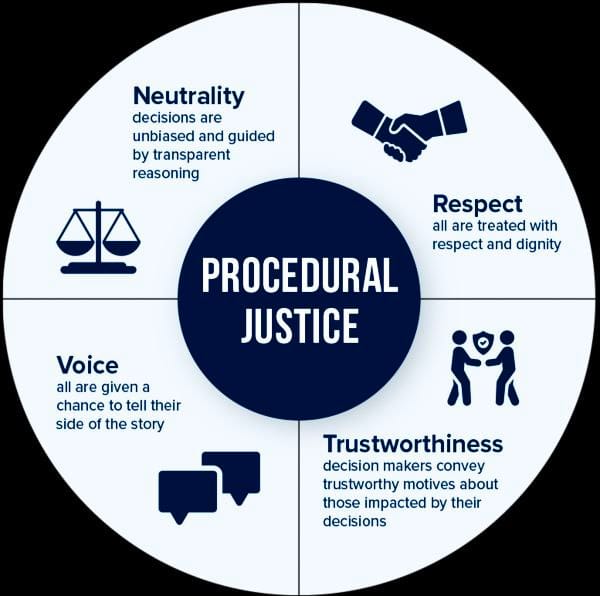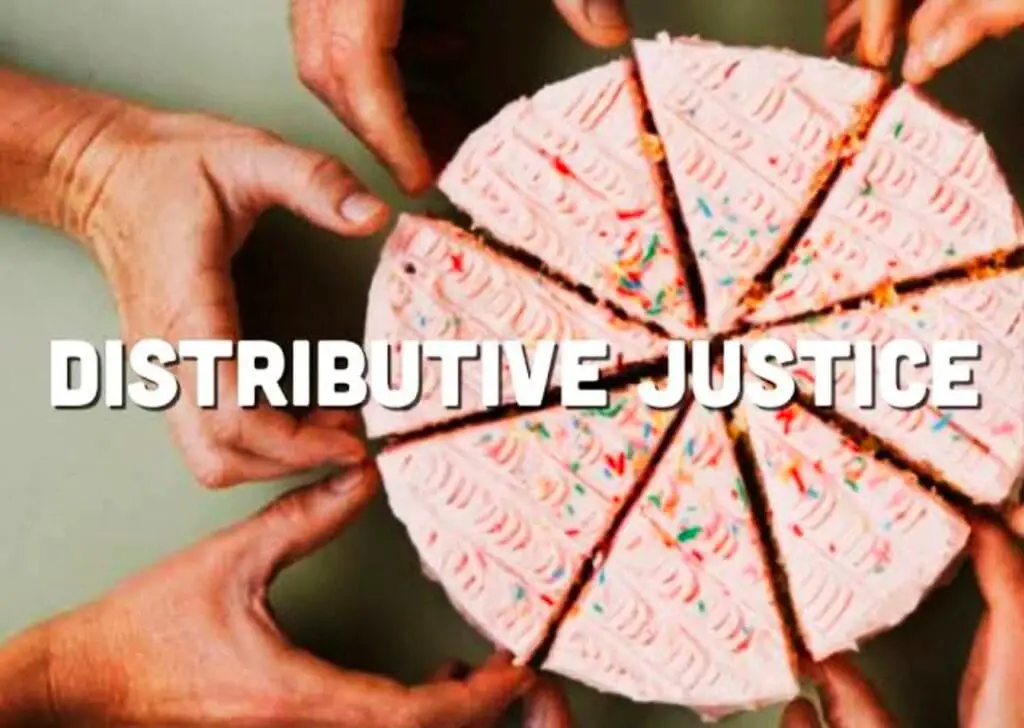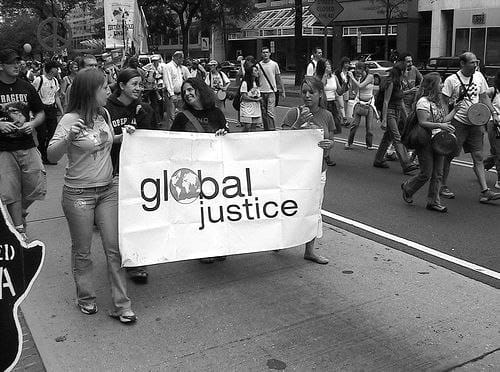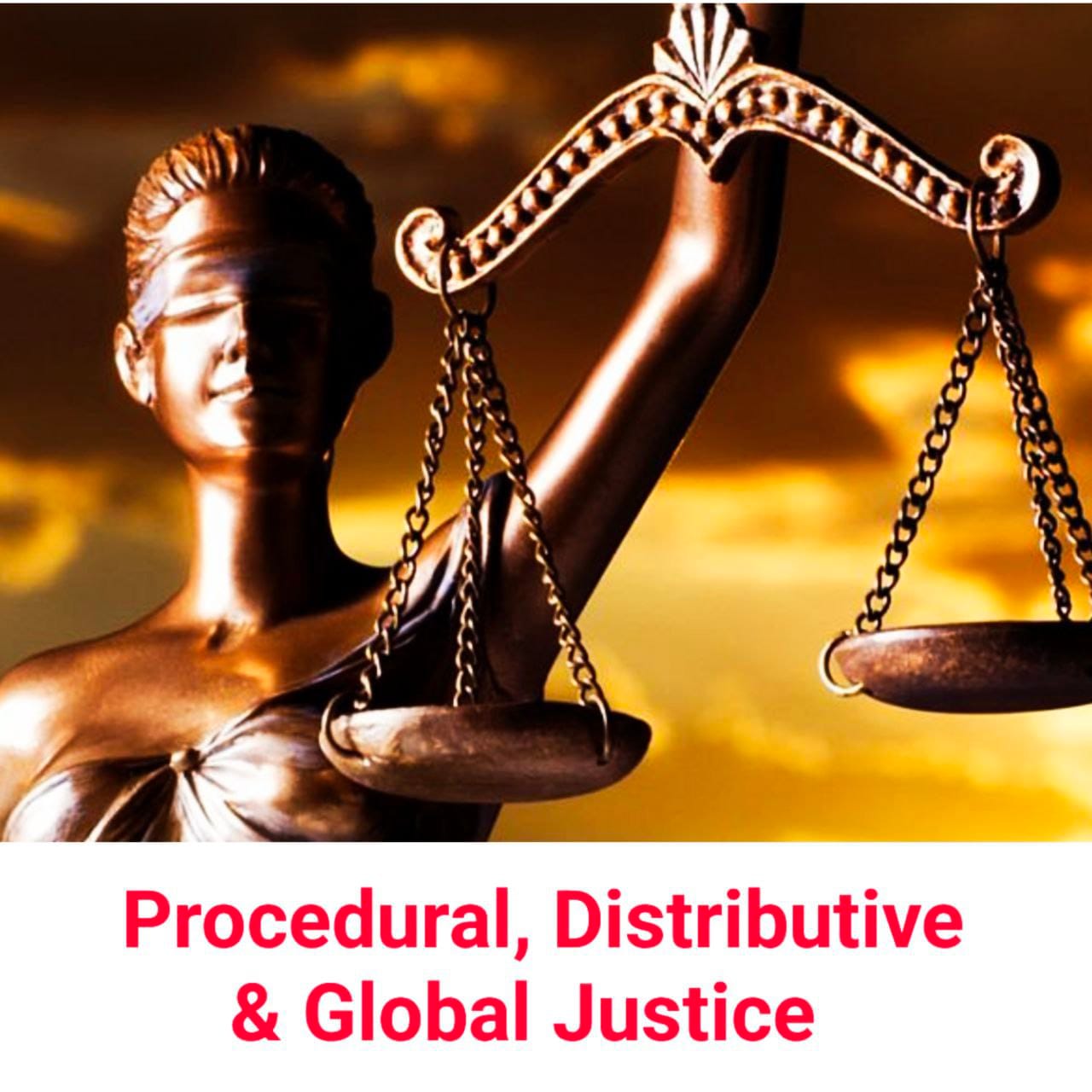Procedural, Distributive & Global Justice
Procedural Justice, Distributive Justice, and Global Justice are distinct but interconnected concepts that address different aspects of fairness and equity in societal structures. Here’s a breakdown of each:

1. Procedural Justice
Procedural justice is concerned with the fairness of the processes used to make decisions and resolve disputes, particularly within legal, governmental, or institutional systems.
Key Features of Procedural Justice
- Fair and Transparent Processes: Procedural justice requires that the rules and processes used to make decisions are transparent, consistent, and impartial.
- Opportunity to be Heard: Individuals affected by decisions should have the chance to express their views or defend themselves, ensuring their voices are part of the process.
- Impartiality: Decision-makers should be neutral and unbiased, treating all parties equally without favoritism.
- Consistency: Similar cases or individuals should be treated in the same manner, applying the same rules without arbitrary differences.
- Respect for Rights: Procedural justice also ensures that the rights of all individuals, such as the right to due process, are respected throughout decision-making.
Examples of Procedural Justice
- Legal Systems: The right to a fair trial, where the accused has a right to defend themselves, to an impartial judge, and to be treated equally under the law.
- Workplace and Institutional Settings: Fair procedures for handling complaints or disciplinary actions, such as ensuring an employee has the chance to present their side before decisions are made.
Importance of Procedural Justice
- It fosters trust in institutions by showing that processes are fair, even if individuals do not always agree with the outcomes.
- It contributes to the legitimacy of decisions, as people are more likely to accept outcomes when they perceive the process as fair.

2. Distributive Justice
Distributive justice focuses on the fair distribution of resources, wealth, opportunities, and burdens across society. It is concerned with how benefits and disadvantages are allocated among individuals and groups.
Key Principles of Distributive Justice
- Equality: Resources should be distributed equally among all members of society.
- Equity: Resources should be distributed based on individual needs or contributions. Those who need more support or have worked harder might receive more.
- Merit: Some approaches to distributive justice argue that people should receive benefits or rewards based on their efforts, abilities, or contributions to society.
- Need: Others argue that those who are most disadvantaged or vulnerable should receive more support to help level the playing field.
Examples of Distributive Justice
- Welfare Systems: Social programs that provide financial assistance, healthcare, or housing to those in need reflect the principles of distributive justice by addressing inequality.
- Progressive Taxation: Systems where higher earners pay a larger percentage of their income in taxes to support public services for everyone.
- Affirmative Action: Policies that give marginalized groups more opportunities in education or employment to redress historical inequities.
Theories of Distributive Justice
- Utilitarianism: Resources should be distributed in a way that maximizes the overall happiness or well-being of society.
- John Rawls’ Theory of Justice: Rawls argues for a fair distribution of resources that benefits the least advantaged in society, under a “veil of ignorance” where individuals make decisions without knowing their own social position.
Challenges of Distributive Justice
- Balancing different principles (equality vs. equity vs. merit) can be difficult, as not all agree on how resources should be allocated.
- Structural inequalities, such as those based on race, gender, or class, can hinder the realization of distributive justice.

3. Global Justice
Global justice extends the principles of fairness and equity beyond national boundaries, addressing justice on an international scale. It considers how global resources, opportunities, rights, and burdens should be distributed among the world’s population.
Key Features of Global Justice
- Fair Distribution of Global Resources: Global justice addresses issues such as poverty, wealth inequality, and access to basic needs (like food, water, healthcare) across countries and populations.
- Human Rights: Ensuring that all individuals, regardless of nationality or location, have access to fundamental human rights, such as freedom, dignity, and security.
- Global Inequality: It deals with the vast economic disparities between developed and developing nations, focusing on how global trade, aid, and economic policies can contribute to fairer outcomes.
- Environmental Justice: Global justice also includes concerns about climate change and environmental degradation, ensuring that developing countries, which often bear the brunt of environmental harm, are treated fairly in global environmental policies.
Examples of Global Justice
- Fair Trade: Efforts to ensure that producers in developing countries are paid fair prices for their goods and labor, contributing to more equitable global economic practices.
- Climate Justice: Addressing the disproportionate impacts of climate change on poor and developing nations, which are often least responsible for environmental harm but most affected by it.
- Global Health Initiatives: Programs aimed at providing access to healthcare, vaccinations, and other life-saving resources to people in low-income countries.
Challenges of Global Justice
- Sovereignty: The concept of state sovereignty (the right of nations to govern themselves) can conflict with the idea of global justice, especially when it comes to addressing human rights violations or redistributing wealth internationally.
- Cultural Relativism: Different countries and cultures have varying views on justice, fairness, and rights, which can create tension when attempting to implement global standards.
- Power Imbalances: Wealthier nations and multinational corporations often hold significant power over global policies, which can perpetuate inequality rather than resolve it.
Theories of Global Justice
- Cosmopolitanism: Argues that all human beings are part of a single global community and that justice should apply equally to everyone, regardless of nationality or location.
- Nationalism: Some argue that obligations of justice are stronger within a nation-state than globally, and that resources should be prioritized for a country’s citizens rather than globally redistributed.
- Global Egalitarianism: Proposes that resources should be distributed more equally across the globe, and that rich nations have a moral obligation to assist poorer ones.
Comparing Procedural, Distributive, and Global Justice
- Procedural Justice is about how decisions are made and ensuring fairness in processes.
- Distributive Justice focuses on what is distributed (resources, opportunities, etc.) and ensuring fairness in the outcomes of distribution.
- Global Justice extends these concepts of fairness to the international level, addressing how resources, rights, and responsibilities are shared across nations and peoples.
Conclusion
While procedural justice emphasizes fairness in processes and decision-making, distributive justice concerns itself with the fair allocation of resources. Global justice, on the other hand, brings these concepts into the international arena, tackling issues like poverty, inequality, and environmental harm on a global scale. Each form of justice plays a critical role in ensuring fairness and equity within society, whether at the local, national, or global level.



Post Comment